
Vasyl Prits
Postgraduate student, teacher.
Not so long ago, planets outside the solar system could be found only on the pages of fiction stories or among purely theoretical considerations of scientists. Only thirty years ago, the existence of the first such objects was proven by scientific methods. Later, the term “exoplanet” began to be used to denote them. Since then, their research has actively progressed. As for now it must be the liveliest of all branches of astronomy. The number of confirmed exoplanets is now approaching 5,000. We now know a lot about physical characteristics and even atmospheric properties of many of them. How did we manage to make such progress?
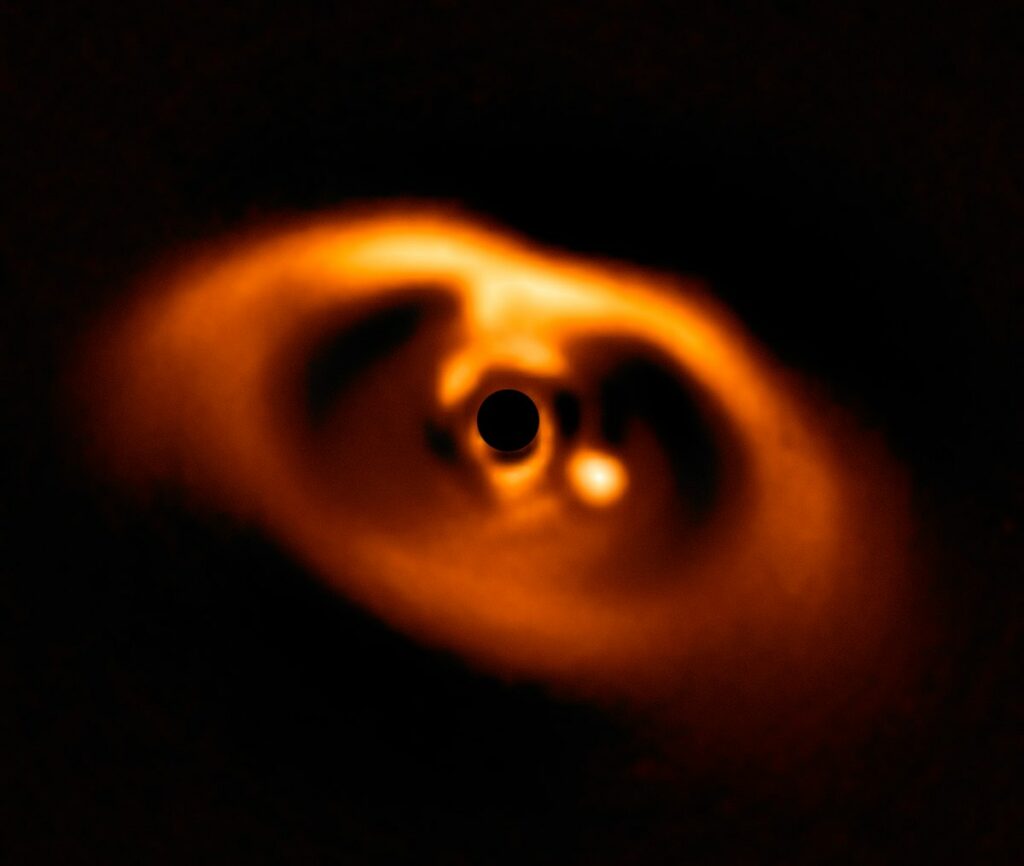
The word “planet” translated from Greek as “sky wanderer.” Ancient Greek stargazers gave this name to several bright celestial bodies, which change their position relative to the “star background” — the constellations. Only after the invention of the telescope in the early XVII century, people were able to see the surface of these heavenly objects.
However, even before the telescopes Giordano Bruno in his work “On Infinity, the Universe and the Worlds” suggested that, besides our planet, — our own world, — there might be innumerable other worlds, including inhabited ones.
And at least some of his predictions definitely proved true! Today it is known that outside our solar system there are planets that revolve around other stars — exoplanets (or extrasolar planets).
The first officially confirmed exoplanet is considered to be PSR B1 257 + 12 s, which was discovered in 1992 by Aleksander Wolszczan at the Arecibo Radio Observatory. This exoplanet is one of three extrasolar planets orbiting the PSR B1 257 + 12 pulsar. And in 1995, astronomers Michel Major and Didier Queloz discovered the exoplanet 51 Pegasus b, which orbits around a star of the main sequence. For this discovery, they were awarded the Nobel Prize in Physics in 2019 (the second half was awarded to James Peebles for research in cosmology).
According to NASA, as of September 9, 2021, there were a total of 4,566 confirmed exoplanets, 7,913 candidates in need of verification, and 3,385 planetary systems.
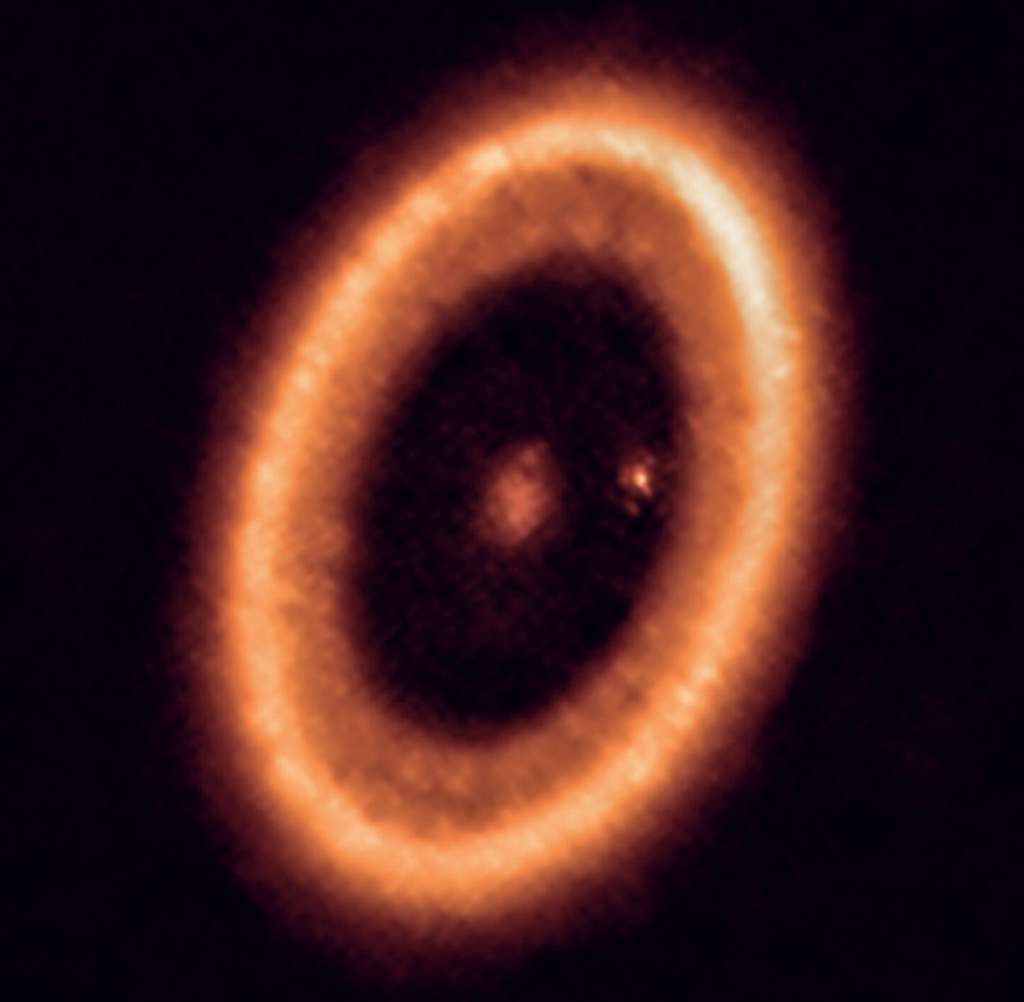
Just like the planets of the solar system, exoplanets have many physical properties, such as mass, radius, volume, density, albedo, surface temperature, orbital period, eccentricity, and tilt of the orbit. They range in mass from a few lunar masses to more than twenty-five Jupiters. The lightest is the exoplanet Draugr, which weighs about twice the mass of the moon. And the heaviest is HR 2562 b with a mass of about thirty Jupiters.
The smallest known exoplanet SDSS J1228 + 1040 b has a radius of 0.0101 Earth, ie it is one hundred times smaller than Earth! But the largest extrasolar planet is HD 100546 b, the radius of which reaches almost seven radii of Jupiter.
However, this fancy picture is not as simple as it seems. The fact is that today there is no definite boundary where the planets end and the stars begin. Yes, there is a definition of “planet” by the International Astronomical Union (IAU), according to which our cherished Pluto was once excluded from the family of large planets in the solar system. However, this definition does not apply to exoplanets. Therefore, it should be noted that many of them may be so-called sub-brown dwarfs — objects smaller than brown dwarfs. That is, these are self-luminous cosmic bodies that occupy an intermediate position between the star and the planet. There is still no consensus among astronomers on whether to classify brown and sub-brown dwarfs as planets or stars, or whether to consider the process of exoplanet formation as a classification feature, since the path of sub-brown dwarfs formation is similar to that of “normal” stars.
The hottest of the known exoplanets is KELT-9b, which is so internally hot that it breaks hydrogen molecules in its atmosphere, and its surface temperature reaches 4300 ° C. It belongs to the so-called “hot Jupiters” — exoplanets with a mass of half to several masses of Jupiter, orbiting at a distance of less than 0.15 astronomical units from its star.
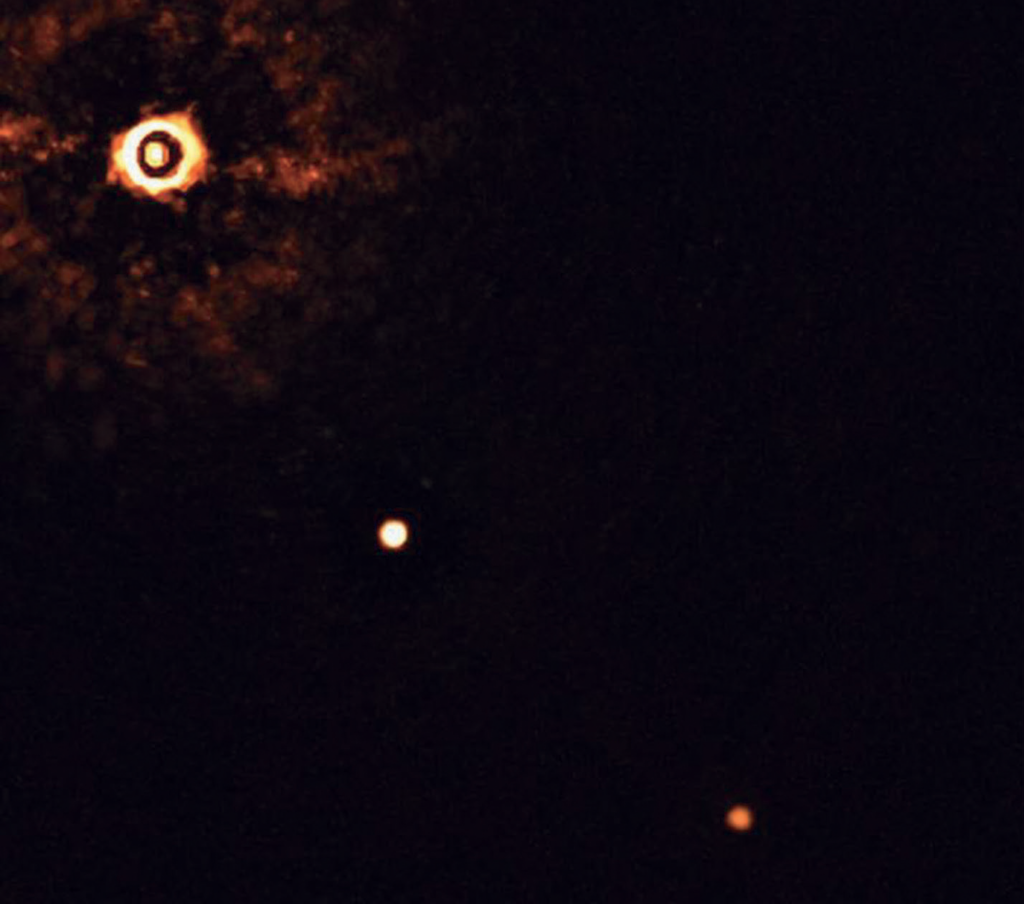
The orbital period of exoplanets ranges from a few hours (for those closest to the central luminary) to thousands of years. Some of them are so distant from their stars that it is difficult to say whether they are “attached” to them by gravity at all. The fastest of all known exoplanets today is SWIFT J1756.9-2508 b which orbits around its star in 48 minutes 56.5 seconds — a little longer than one lesson in school lasts. And the slowest one is COCONUTS-2b orbiting with a period of 1.1 million years. Waiting for your next birthday on this planet is a long tale…
Methods of exoplanet detection
It is very difficult to observe exoplanets. First, because they are too far away. Secondly, because they are quite small compared to galaxies and stars. And thirdly — because of their low brightness. Combining the first two reasons, we can also say that their angular dimensions in the sky are very small. To illustrate: looking at the exoplanet through a telescope — is about the same thing as looking from Earth at quarter coin lying on the surface of Pluto.
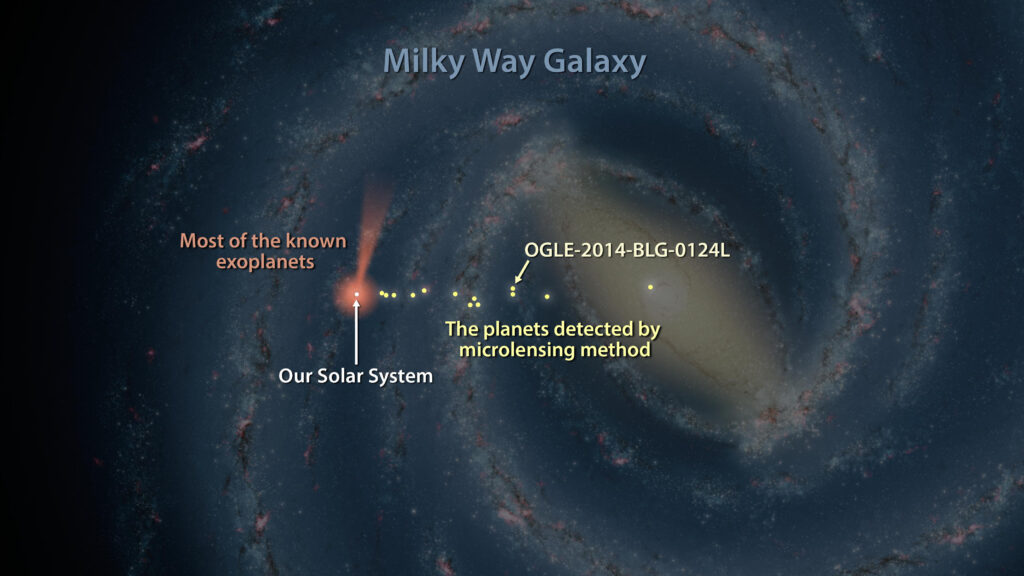
However, astronomers manage to do it! But how?
Exoplanet scientists have come up with interesting methods for detecting extrasolar planets. The main methods are: direct method, transit photometry, gravitational microlensing method, radial velocity method and astrometric method.
Direct imaging method
The direct method, or the direct imaging method, makes it possible, in fact, to “photograph” the planet near the parent star. The fact is that such bodies emit little light compared to the stars, so the latter “overexpose” them. But if you use a coronograph (a device that closes the star’s disk to collect radiation around it), you can detect a faint object nearby the luminary. Why nearby? If the planet is far enough from the star, it reflects little light and its surface temperature is low. It is another matter if the planet is large enough and located so close to its sun to fall into its warm “embrace”. In this case, it will emit a lot of infrared waves (because it is very hot), which will be noticeable against the background of the total radiation of the system. In an image, it will look like a small hot spot. All observatories and instruments that make it possible to obtain images of such planets are located on Earth.

Transit method
The transit method, or transit photometry method, is one of the indirect ways to detect extrasolar planets used by exoplanetologists. The matter is that we can detect the presence of a satellite near a star due to the periodic even drop in its brightness. Most exoplanets have been discovered using this method. Observations were made both from space (CoRoT, Kepler and TESS devices) and on Earth (ground projects MEarth Project, SuperWASP, KELT and HATNet). But the orbit plane of such satellites must be oriented in a special way — to have the smallest possible angle between the orbit plane and our line of sight.

Gravitational microlensing method
It is a known fact that, according to the General Theory of Relativity, massive bodies distort space and time around themselves. This makes it possible to detect exoplanets orbiting stars. Light coming to us from a distant luminary, passing near the exoplanet, begins to move in a distorted trajectory. That is, the planet acts as a lens, concentrating the light of distant background objects. This method is called the method of gravitational microlensing.

It is most fertile for the planets between the Earth and the center of the Milky Way, as the galactic center provides a large number of background stars. Observations are usually made using robotic telescope networks (such as OGLE and MOA).
Astrometric method
The oldest of the methods is astrometric. It enables is to detect the influence of the gravitational field of the exoplanet on the star, which is characterized by a change in the trajectory of its movement in the sky. Currently there is only one officially confirmed exoplanet discovered by this method — HD 176051 b in the Lyra constellation, is currently known. But in the near future, space missions such as Gaia and Nano-JASMINE will make it possible to widen the troupe of this modest one-actor theater.

Radial velocity method
Exoplanets can also be detected using the radial velocity method. It is also called the Doppler method and even Doppler spectroscopy. The presence of exoplanets is detected by analyzing changes in the spectrum of a star. If a sufficiently massive object orbits around it, it “swings” the central luminary a little by its gravity. We observe this “shaking” in the form of a periodic shift of spectral lines. Until 2010, this method was the most successful for “hunting” exstrasolar planets. However, after the launch of the Kepler spacecraft, the transit photometry method became the main tool for their detection, and Doppler spectroscopy moved to second place.

Among the spacecraft that took part in detecting extrasolar planets are Kepler, Hubble, Spitzer and TESS. Terrestrial telescopes are too numerous to list.
Number of exoplanets discovered by various methods as of November 10, 2021:
- radial velocity method (896);
- transit method (3440);
- direct imaging method (54);
- gravitational microlensing method (118);
- astrometric method (one planet).
Living area
Apparently, it is obvious that we humans are interested in whether there is life on these cosmic bodies. So far, no signs of it have been identified. However, there is an orbital area around a star, which is called the habitable zone, or “Goldilocks zone”. If there is an exoplanet in it, then the existence of liquid water on its surface is possible. This sign is today considered a necessary condition for the emergence of life.
If an exoplanet in a habitable zone is similar in mass and size to Earth, it is called Earth-like, or “exo-Earth.” When its mass is greater than that of the Earth, but much less than that of the giant planets, such an object is called “super-Earth”.
So, the surface of a planet in a habitable zone, is neither too cold nor too hot. However, the location of this zone depends on the size and temperature of the central star. For example, if it has a low stellar temperature, then the habitable zone is located near its surface. But if we are talking about a hot blue supergiant — this area will be very far from the blazing luminary.
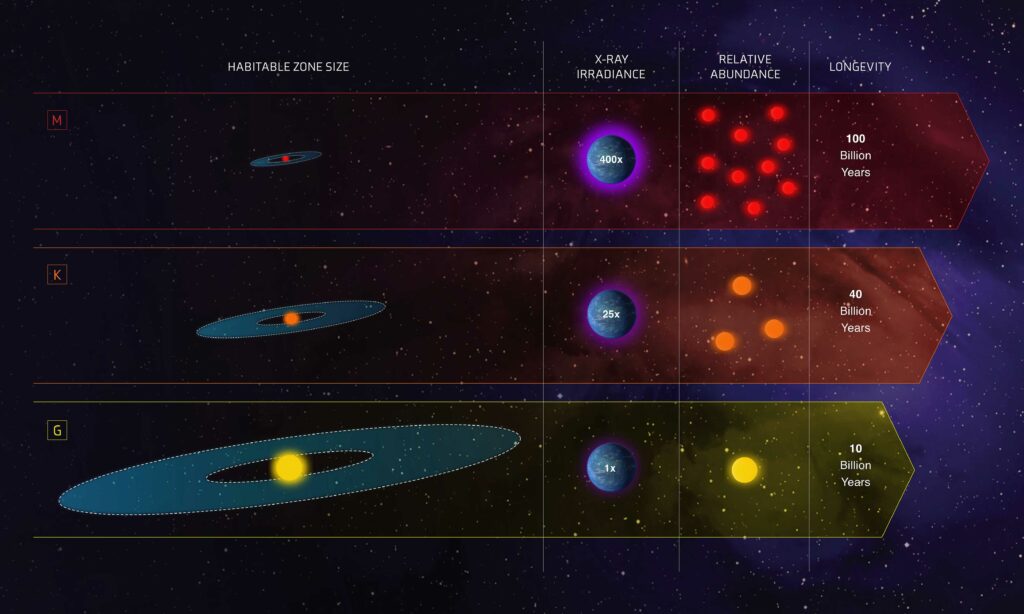
It should also be noted that the emergence of life requires a number of conditions other than the distance from the star. In particular, it is the chemical composition of the planets, magnetic fields, radiation levels and on, and on.
The discovery of seven exoplanets orbiting the ultra-cold red dwarf TRAPPIST-1 has received special attention. According to scientists, at least three of them are located in a habitable area.
All known exoplanets are in our Milky Way galaxy. This is not surprising, because, as mentioned above, they are extremely difficult to detect due to the tiny angular size. The most distant exoplanet discovered today is near the center of the Galaxy, about twenty-five thousand light-years away.
Most of the known exoplanets were discovered using the Kepler Transit Space Telescope. Its cone-shaped field of view is shown in orange. Ground-based telescopes using transit and other methods of “hunting” the planets have detected many objects of this class in the vicinity of the Sun, shown in an orange circle. The most distant exoplanets were found by microlensing.
But are there exoplanets in other galaxies? It is logical to assume that they exist. The Bruno-Copernicus principle states that our planet does not occupy a privileged position in the universe. Therefore, it is likely that there are many different exoplanets in other stellar conglomerations. This is confirmed by recent observations by astronomers at the Harvard-Smithsonian Center for Astrophysics, who, using data from the Chandra Telescope (NASA) and XMM-Newton (ESA), may have registered such a “transit client”. The potential exoplanet M51-ULS-1b is 28 million light-years away in the spiral galaxy M51, also known as the Whirlpool.
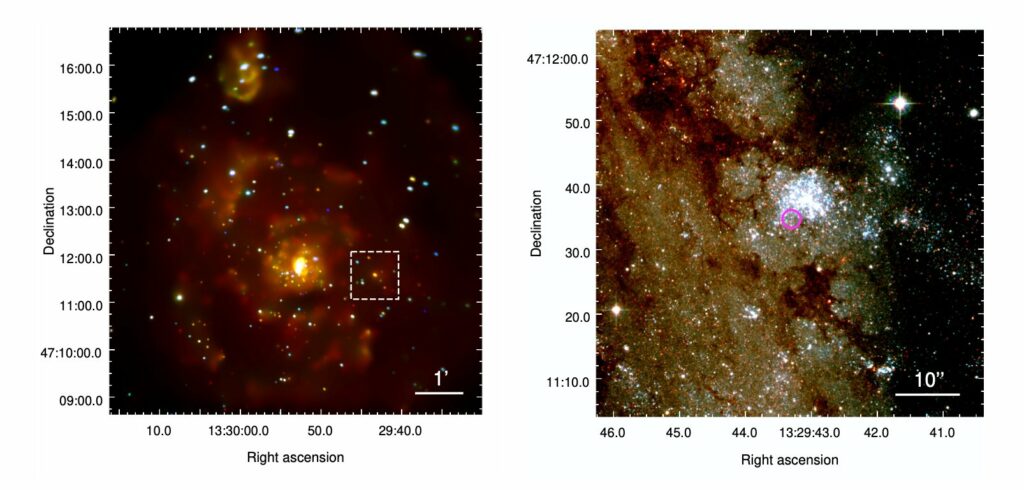
Exoplanetology is a fairly young branch of astronomy, but extremely fruitful with discoveries! And it’s even hard to imagine what kind of stories it will tell us in the future.

